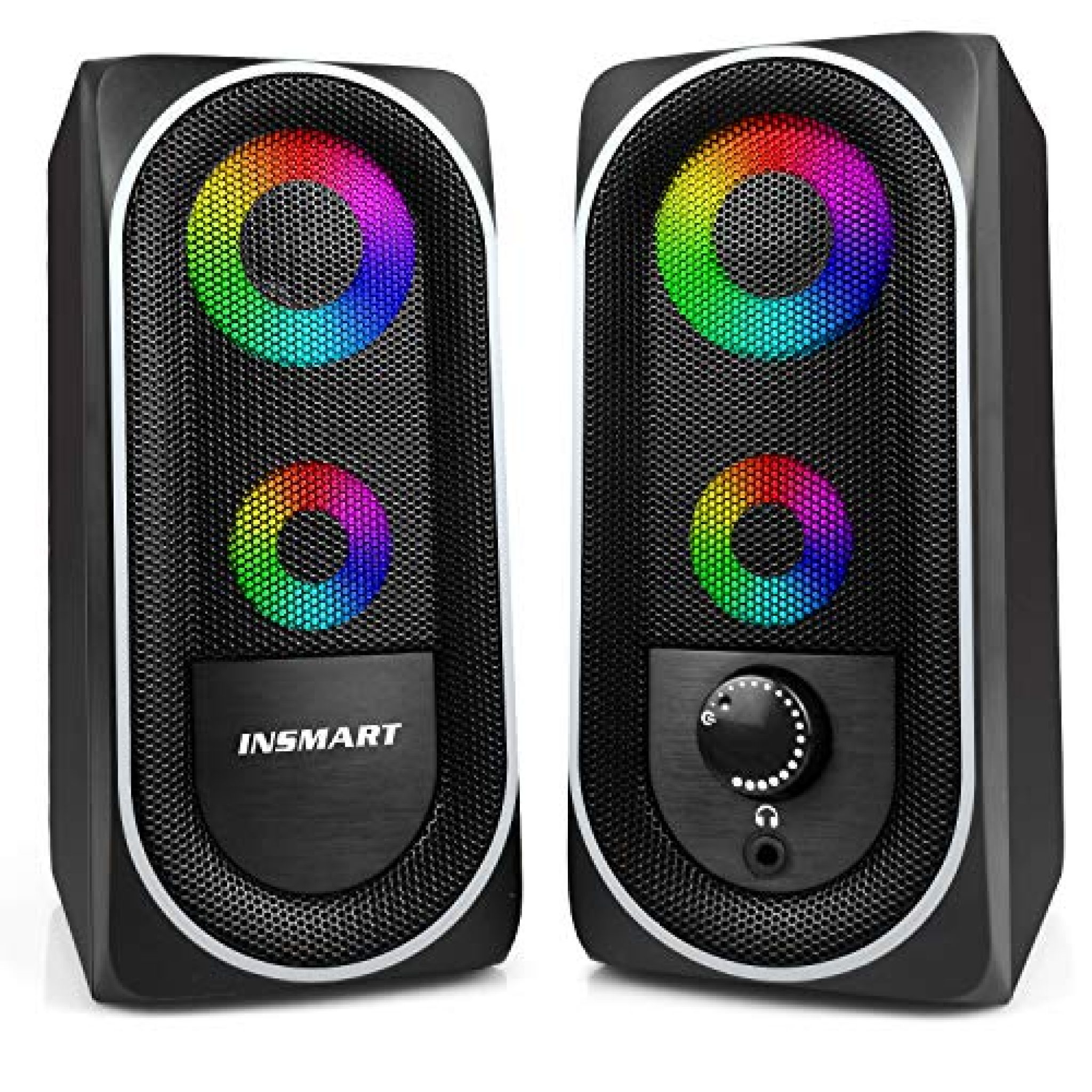

Scaling the empty to increase the size of the AudioZone.

Next, we want to scale up the size of our Audio Zone, outlined in green, so the volume covers the whole stage. For our stage setup, we want everyone to hear the sound regardless of their position. I want to affect the sound coming from inside this zone to the outside Set the Audio Type to background audio (stereo). We make some edits for our stage setup Stage setup. Networked is reference only and audio params come from the PannerNode interface. Default Audio Zone, notice Audio Zone in out/out in. This is the default setup for an Audio Zone component. I think you'll find experiencing it in real-time is never gonna let you down! Check out this helpful space if you would like more understanding of what these properties do. You won't need to understand every property to set up a stage. These properties come from the Web Audio API pannernode interface, an audio-processing object that represents the location, direction, and behavior of an audio source signal in a simulated physical space. Next, we will need to edit some properties in the Hubs audio zone component. 1× add an empty then attach an audio zone component with the Hubs Blender Exporter
#SOUND CONTROL SPEAKERS HOW TO#
I'll quickly demonstrate how to use the Hubs Blender add-on to add an Audio Zone to the stage area in the Awesome Hubs Space that allows speakers to be heard all over the space regardless of a participant's position. The Awesome List is not maintained by Mozilla but is managed by Hubs community members. The 'Awesome Mozilla Hubs' space for the Hubs Awesome List on github. Let's take a quick look at how to create this using the 'Awesome Mozilla Hubs' space built by Cris K B with community contributors. Creating an Audio Zone for a Speaker Stage Using the audio debugger to demonstrate a stage Audio Zone. The blue box above the stage is an audio zone with specific properties. The green area represents the sound's distance traveled in space. In the video below, notice what happens when the tree resembling members of a great American blues rock band moves to the stage. Let's look at examples of stages where anyone standing on the stage can be heard throughout the space and learn how to set those up. We have taken a look at a few ways to keep audio contained, but Audio Zones can also be used to bring audio out of space. 1× The VIP room uses an audio zone so people can talk without disrupting the event outside A rehearsal? They won't be able to hear the VIP room out here. Great to use as a green room where speakers and guests can hang out during the event. Guests of the VIP area can watch the stage through in-room cameras speaking freely and making noise without worrying about bothering people outside. Similarly, this dark backstage area leads into a VIP lounge that allows for private conversation so as not to interrupt anyone on stage or in the audience. Prof Gary demonstrates how students can have private conversations in Nottopia, a virtual teaching island for Engineering students at the University of Nottingham. Credit: Phone Booth ModelsĪnother use case for Audio Zones from Professor Gary Burnett of the University of Nottingham, who created a translucent cylinder space to have private discussions with students so that others can see they are in a conversation but not hear them. Participants can walk into the telephone booths on either side and communicate with people outside the zone who are unable to hear their conversation. Two participants can enter the phone booths and communicate their secret word/phrase without other participants in the room being able to hear them. One experiment I tried early on was to recreate the popular Telephone Game by surrounding phone booths with Audio Zones that prevent sound from leaking out into the rest of the space. Hubs released Audio Zones in 2021 to give designers more control over sound properties by location. In Mozilla Hubs, we can use Audio Zones to customize some sound properties to achieve different results. Areas that amplify voices when participants stand on them, places for private conversations, spaces for media viewing without interrupting others, and many other applications. The ability to have finite control over the audio properties in a space unlocks all kinds of design superpowers.


 0 kommentar(er)
0 kommentar(er)
